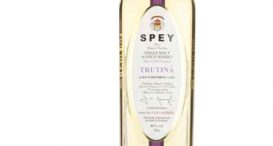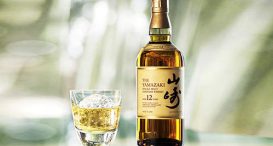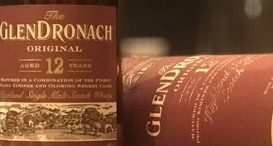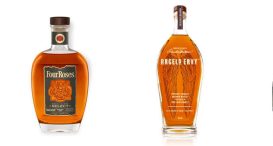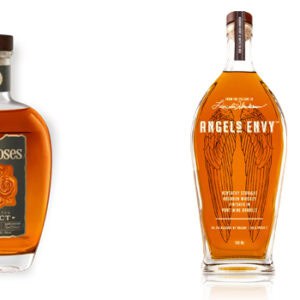New Whisky Regulations in Japan and what they mean for you
let’s begin
Until recently, Japan has had some pretty lax regulations surrounding whisky production, but now that’s all set to change.
Regulations? What Regulations?
Unlike most other whisky producing countries, Japan hasn’t had a history of regulating their whisky industry. In fact, up until recently, anything can be passed as Japanese whisky so long as it’s bottled in the country. This has given consumers pause to consider exactly what they’re drinking when they pick up a bottle of Japanese whisky.
For bigger brands like Suntory and Nikka there is little to worry about, although some of their blends do contain whisky from other countries. These brands have been established for decades and have active distilleries in Japan and we know the quality of their home made malt is good. The issue is typically with smaller brands who have been producing for a short period of time and haven’t been able to build the same reputation.
Since whisky takes years to mature and there has been a huge increase in demand for Japanese whisky, the lack of regulations around Japanese whisky means brands can import whisky from anywhere and label it as Japanese. It means they can start selling immediately but customers don’t have any real information on where the whisky comes from.
Times are changing
New regulations are being developed in Japan thanks to Japan Spirits & Liqueurs Makers Association, a non0governmental trade group that represents some of Japan’s biggest producers. They have created new standards for labelling that came into effect on April 1st. The standards now mean that Japanese made whisky will have to be distinguished as such on labels. It is expected that the government will bring this into law soon as well.
Essentially, the new regulations state that whisky that calls itself Japanese mist be fully made and processed in Japan. It also has to be aged at least three years and bottled at 40% ABV. This is very similar to the current guidelines around Scotch production.
This will effect almost all whisky producers, including those big brands that do use imported whisky in their blends. This includes Nikka From the Barrel and Nikka Days.
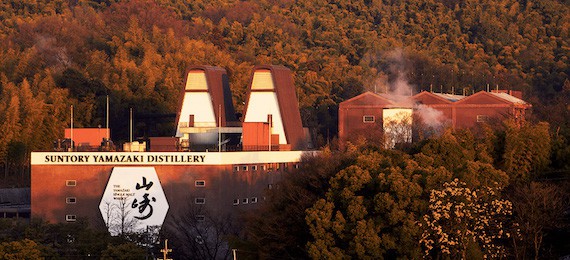
Will the taste change?
One of the key elements of Japanese whisky making and philosophy behind it is that consistency and harmony are key. As such, this means that many producers will not change the recipes of their current whiskies. Instead, they will change the labels to comply with the new standards.
So the taste won’t change initially, although it is likely that brands will begin to abandon importing and blending in other whiskies so that they can claim the Japanese title. This might see some blends being discontinued or some brands not doing as well once customers are aware that the whisky is not actually made in Japan.
The regulations are welcomed across the board and will be great for whisky drinkers who love Japanese whisky, giving them more trust in brands. It also means that those brands that do dedicate time and effort to completely processing their whisky in Japan will be able to final distinguish themselves against those who don’t.
What do you think of the new Japanese whisky regulations? Start the conversation in the comments!
Greg
You might be interested in
More from the blog
Follow greatdrams
latest articles
Latest whisky
exclusively from GreatDrams
-
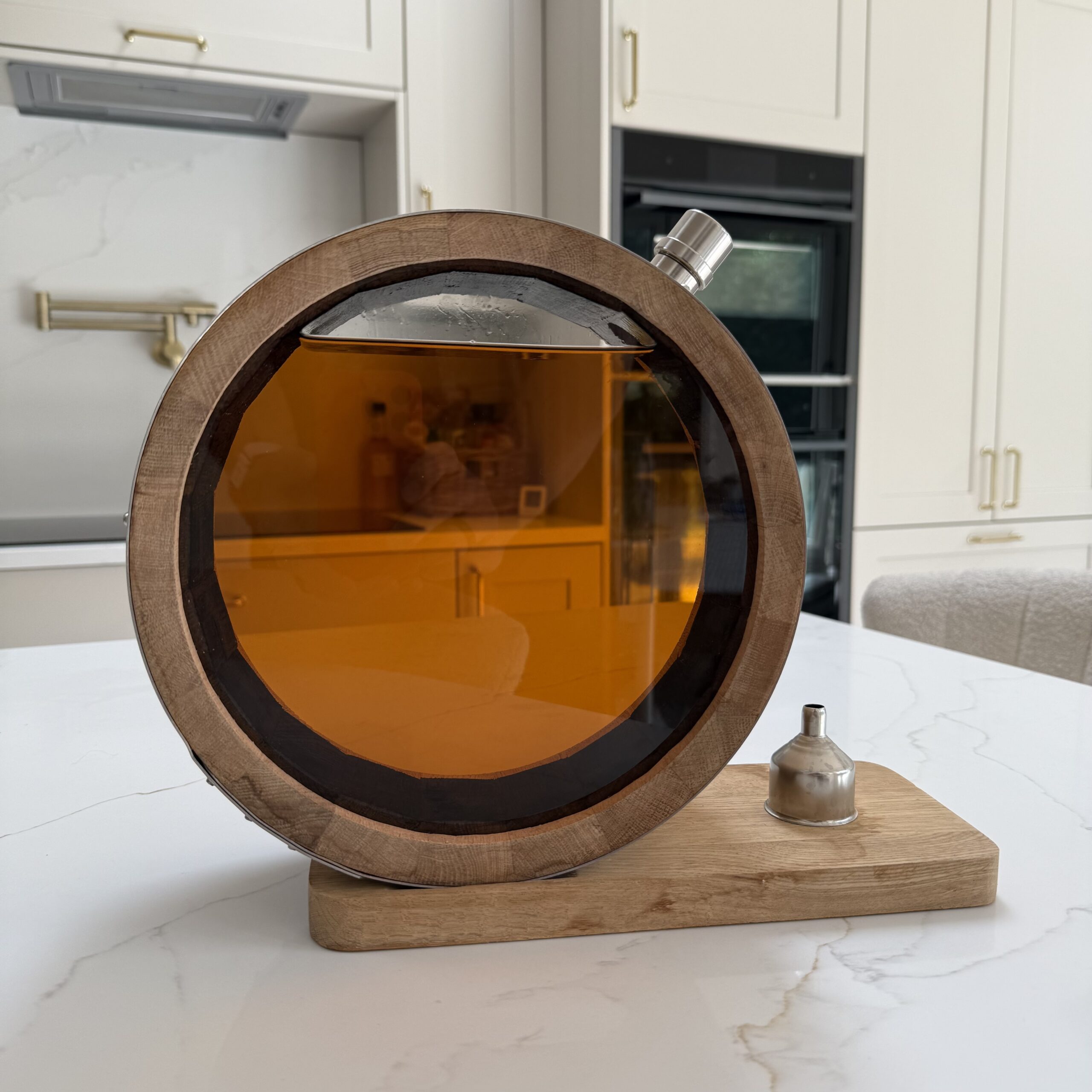
The GreatDrams Signature Barrel Decanter
£200.00 – £370.00



